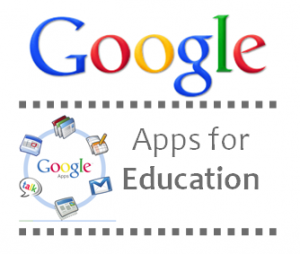 Google announced 14 new customers for its Apps for Education cloud suite, as it continues to jockey for position against rivals like Microsoft in this important vertical market.
Google announced 14 new customers for its Apps for Education cloud suite, as it continues to jockey for position against rivals like Microsoft in this important vertical market.
The new customers, which include Carnegie Mellon University and Princeton University, are at different stages of deploying Apps for Education, which is free and includes e-mail, calendar, office applications, IM, video conferencing, IT controls and other components. Thirteen are implementing it broadly for students, faculty and staff university-wide, according to Google.
Companies, schools and government agencies are becoming increasingly comfortable turning off e-mail and collaboration servers in house and shifting instead to cloud systems hosted in vendor data centres.
Not only does the cloud model reduce maintenance and hardware costs, but it also simplifies workplace collaboration, because the software is typically designed for sharing and joint editing of documents.
Microsoft leads the on-premises enterprise email and collaboration market, but is having to fight tooth-and-nail to defend its turf as customers switch to the cloud-based model.
Not surprisingly, the biggest fight in this market is between Google Apps and Microsoft’s Office 365, which includes online versions of Office, SharePoint, Lync and Exchange.
Microsoft has also been busy announcing customer wins for Office 365 for Education recently, including a deal with the Catholic International Education Office that involves 4.5 million Catholic school students.
Google Apps for Education is being used by more than 16 million students and teachers, while Office 365 for Education and its predecessor Live@Edu has more than 22 million end users, according the companies. Apps for Education is free, while Office 365 for Education has a free version, as well as fee-based versions.
Both companies are devoting a lot of effort to the education market, where they can get in front of K-12 and college students and in theory gain a “mindshare” advantage with these future professionals.
“Dominating the edu sector is desirable for vendors because it exposes the next generation workforce to their tools, allows vendors to try out new code and concepts at very large scale before bringing them to the enterprise, and eventually allows vendors to monetise a valuable demographic as the students become alumni,” said Gartner analyst Matthew Cain via e-mail.
Rebecca Wettemann, a Nucleus Research analyst, said that usability and adoption are key for the broad success of personal productivity applications like messaging and collaboration, and that users are most comfortable with applications they know.
“Driving adoption of their solutions in the education market has been a strategy of messaging and collaboration vendors for some time, because it gives future members of the workforce exposure to them at an early age where they are likely to develop preferences for applications’ form factors and user interfaces,” she said via e-mail.





